Selective service | AUGUST 4
Article 1 of §15 of the Nazi Conscription Law (introduced on May 21, 1935) stipulated that “Aryan descent is a prerequisite for active military service.” In the 1936 amendment, the language was even clearer: “A Jew cannot perform active military service.” In order to get permission to leave the country, prospective male emigrants had to present a document to the local military authorities confirming their Jewish descent and thus proving that they were not simply seeking to shirk their duties by emigrating. On August 4, 1938, the registry of the Vienna Jewish Religious Community, based on the documentation available to them, attested to Bruno Blum’s Jewish ancestry on both sides as part of the paperwork he had to submit in order to get permission to emigrate.
Incremental Aryanization | AUGUST 3
The percentage of Jews among German physicians was so high that, initially, a comprehensive employment ban did not seem expedient to the Nazis. Instead, they issued the “Administrative Order regarding the Admission of Jewish Physicians” of April 22, 1933, which excluded “non-Aryan” doctors from working with the Statutory Health Insurance Funds unless they began their practice before WWI or could prove that they or their fathers had been frontline soldiers in the war. Starting in 1937, Jews could no longer obtain doctoral degrees. In an August 3, 1938 notice, the Jewish Telegraphic Agency draws attention to the fourth supplementary regulation added to the Reich Citizenship Law, passed days earlier, according to which, effective September 30, Jewish physicians were to lose their medical licences.
No strength to write | AUGUST 2
Ruth and Wilhelm Hesse, residents of Hamburg, had two little girls, Helen (b. 1933) and Eva (b. 1936). Wilhelm kept diaries for both girls. Between the May 3 and August 2 entries, there is a long gap (a very brief notice regarding Helen’s birthday on June 30 seems to have been added later). As Wilhelm writes, the seriousness of the times made it hard to write, so much so that 5-year-old Helen, who had been in a children’s home in Wohldorf-Duvenstedt since the middle of May, complained that she was not receiving any letters from her parents. While Wilhelm is generally pleased with his daughter’s development, he mentions that Helen and three of her little friends had taken a beating for picking 20 unripe peaches from a tree and biting into them. Perhaps the children’s blissful lack of awareness of what was brewing around them and their innocent transgression provided the young father with a minimal sense of normalcy.
It can happen here | AUGUST 1
In the August issue of the Aufbau, an unidentified group of young immigrants was given the opportunity to call for the preservation and activation of democracy in the United States. They argue that the fascist regimes in Europe used the economic crises created by the unbridled military buildup in their countries to legitimize the confiscation of Jewish property. While praising the Roosevelt administration’s generosity and its openness to social reforms for the benefit of those who had escaped fascism, the group warns against the reactionary forces attacking this policy and their attempts to undermine democracy in the United States. The Aufbau editorial board noted its reservations regarding the group’s assessment of the role of economic factors in history but wrote that it was happy to grant the young people space to voice their concerns.
The veneer of legality | JULY 28
Identification cards for use within Germany were introduced by decree of the Minister of the Interior, Wilhelm Frick, on July 22, 1938. Frick, a lawyer by training, consistently worked to furnish the anti-democratic, anti-Jewish measures of the regime with the veneer of legality. Frick’s initial order was vague about who would be required to carry IDs (“The Reich Minister of the Interior determines which groups of German nationals and to what extent are subject to compulsory identification”), but this was clarified in an announcement on July 23. Apart from men of military service age, it was mainly Jews of all age-groups who were required to apply for IDs. The purpose of the IDs was to clearly identify and stigmatize Jews and further separate them from the rest of the population. In a July 28 notice, the Jewish Telegraphic Agency reports on this latest legal atrocity.
A professional farewell letter | JUNE 28
The observance of Shabbat, holidays, and kashrut was so deeply ingrained in the life of the Lamm family in Munich that even the Catholic cook, Babett, saw to it that the traditional customs were adhered to. While traditional in their understanding of Judaism, the Lamms were open to worldly matters. After high school, Hans briefly studied law, but, understanding that in the new political climate, there was no way a Jew could advance in the field, he embarked on a career in journalism instead. The career paths of Jewish jounalists at the time were also stymied by the fact that non-Jewish papers would not hire them and Jewish ones were forced to close down one by one. In 1937, Lamm relocated to Berlin, where he studied with Leo Baeck and Ismar Elbogen at the Lehranstalt für die Wissenschaft des Judentums, in order to deepen his understanding of Judaism. Deeply rooted in German culture as he was, it was difficult for him to decide to emigrate. Yet eventually, his older brother convinced him that there was no future for Jews in Germany. In this letter, the 25 year-old Lamm cordially and politely, yet without palpable emotion, bids farewell to the editors of the Jewish monthly, Der Morgen, a high-level publication to which he had been contributing, expressing his gratitude for their support.
Brit Shalom | MAY 28
In 1933, the distinguished philosopher of religion Martin Buber decided to relinquish his honorary professorship at Goethe University in Frankfurt/Main in protest against the Nazi rise to power. Consequently, the regime forbade him to give public lectures. In the years to follow, Buber founded the Central Office for Jewish Adult Education and countered the Nazis’ efforts to marginalize and destroy German Jewry by strengthening Jewish identity through education. It was not until May 1938 that he followed a call to the Hebrew University to assume the new chair for Social Philosophy and moved to Jerusalem with his wife Paula, a writer. The couple settled down in the Talbiyeh neighborhood in the Western part of the city, which at the time was inhabited by both Jews and Arabs. It borders on Rehavia, then a major stronghold of immigrants from Germany. Buber was among those envisioning peaceful coexistence in a bi-national state.
Liesl | APRIL 28
During the years of the authoritarian regime installed in Austria in 1934 (“Austrofascism”), the police prison at Rossauer Lände in Vienna (nicknamed “Liesl” by the locals) had already been used as a lockup not only for criminals but also for political dissidents. After the annexation of Austria by Nazi Germany on March 12, 1938 (“Anschluss”), the first 150 Austrians were taken to the Dachau concentration camp from this notorious prison. Some, like Edmund Wachs, were held there in “protective custody,” a convenient tool used by the nazis to rid themselves of Jews and political opponents, since it could be imposed arbitrarily and left the prisoners little or no recourse to legal support. In this postcard, Edmund’s brother, the attorney Dr. Karl Wachs, reassures Edmund that he is doing everything he can to press his case and asks him for patience.
As far away as possible | MARCH 28
More than two weeks had passed since the Nazi takeover in Austria. The initial shock and disbelief among Jews had given way to despair and panic. Many reacted by seeking information about visa requirements for countries like the United States, Great Britain and Australia, which promised a safe haven and sufficient distance from the dramatic new situation in Austria. Between March 24 and 28, the Australian consulate alone received 6,000 applications for immigration—a number which considerably exceeded the country’s official immigration quota.
Confidence in chancellor Schuschnigg | FEBRUARY 28
At the end of February 1938, there still seemed to be at least a few rays of hope for Austrian Jewry. In a sermon at the Vienna Central Synagogue, Chief Rabbi Israel Taglicht expressed the confidence of Austrian Jewry in Chancellor Kurt Schuschnigg. A few days earlier, the Chancellor had asserted that Austria would hold fast to the principles of the Constitution of May 1934, which granted Jews equality before the law and religious freedom. About the same time, the pro-Nazi mayor of Graz had been dismissed for raising a swastika flag over City Hall. To prevent Nazi demonstrations, the University of Graz and the Technical College had been temporarily closed.
Stopover in Venice | JANUARY 28
When Julius Ostberg visited Palestine in January 1938, his daughter Ilse had been living in the country for four years. She was born in 1912 and spent her first 22 years in Essen. After emigrating from Germany to Palestine in 1934, she, like many other German Jewish emigrants to Palestine, continued to visit Europe in the following years. The photos shown here were taken in 1937 during a stopover in Venice on the way back to Palestine.



































